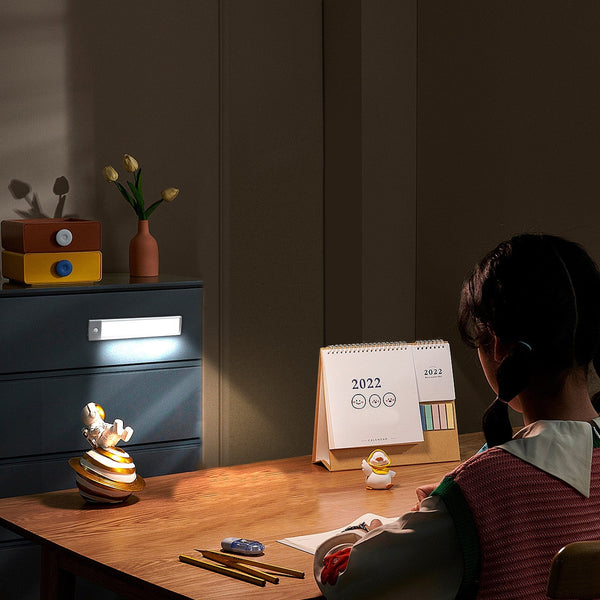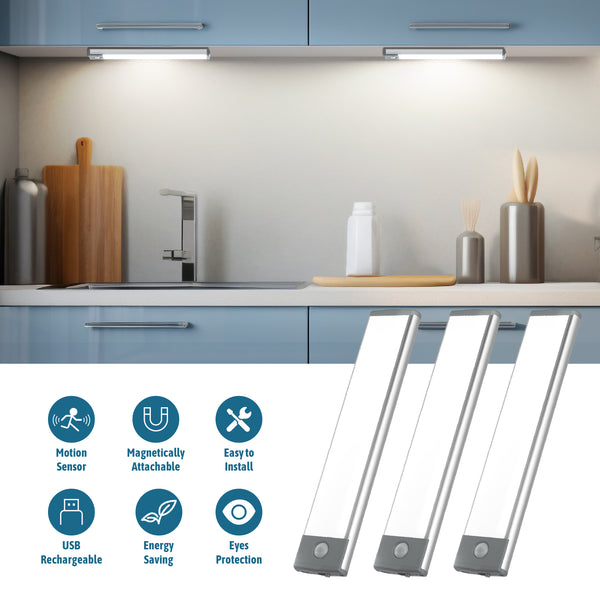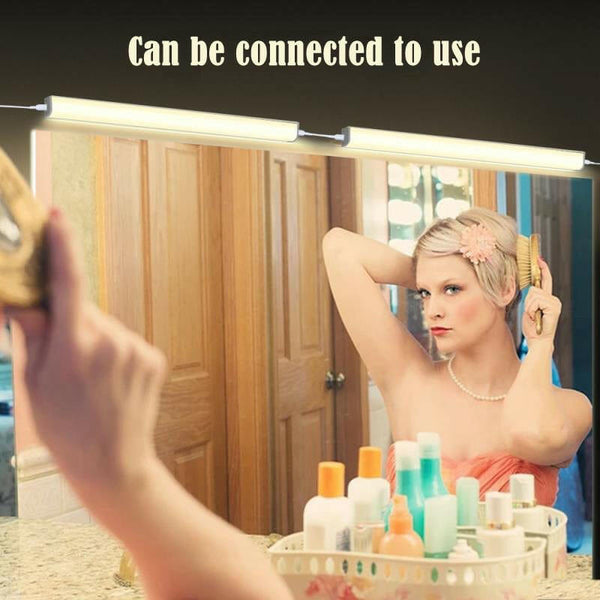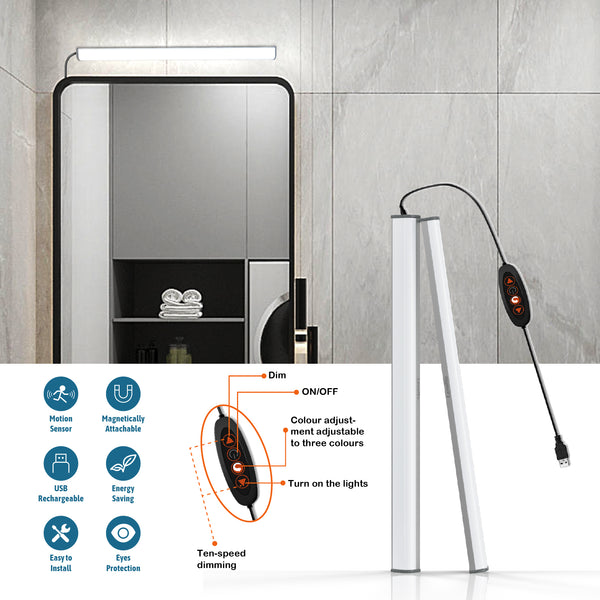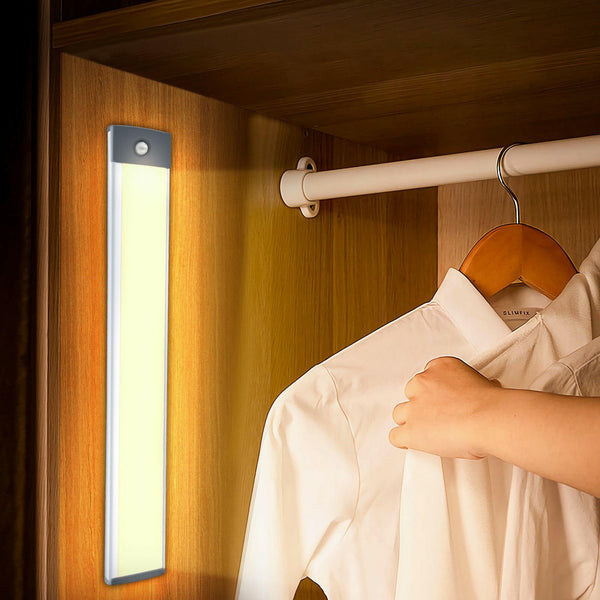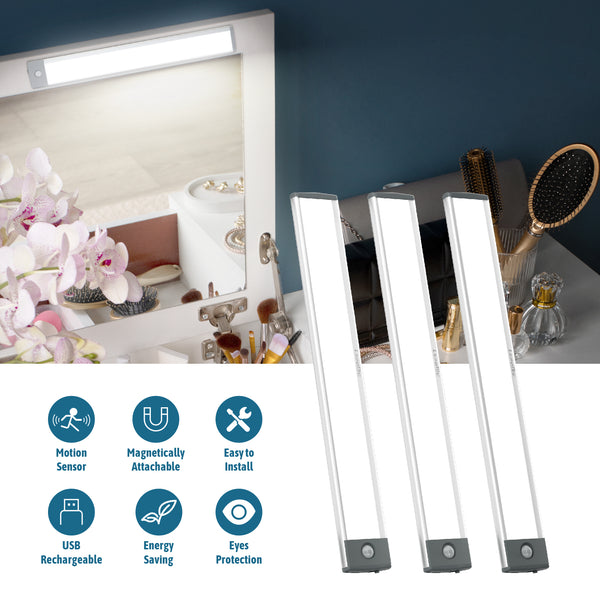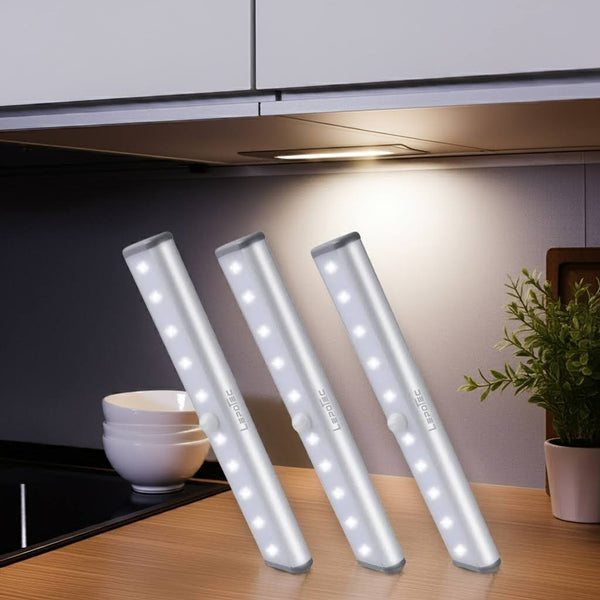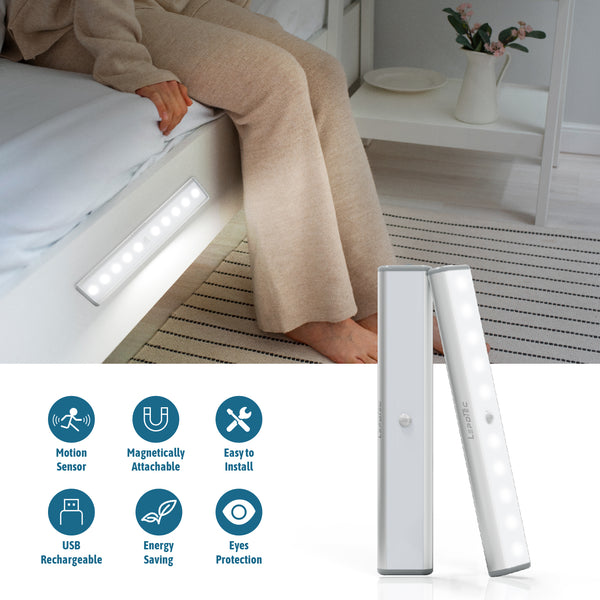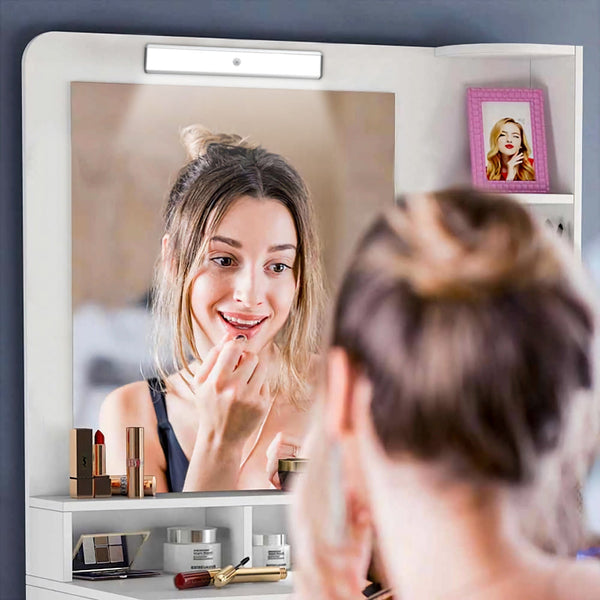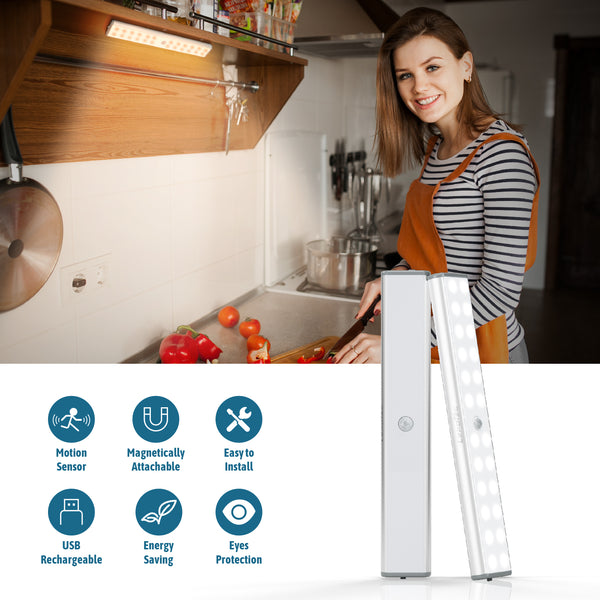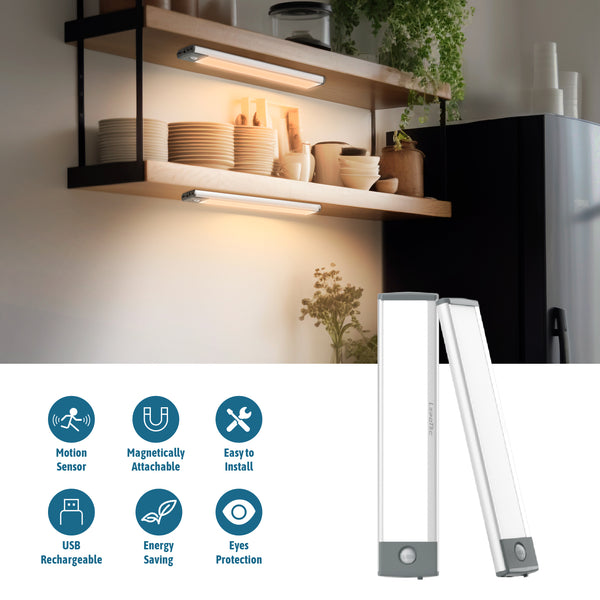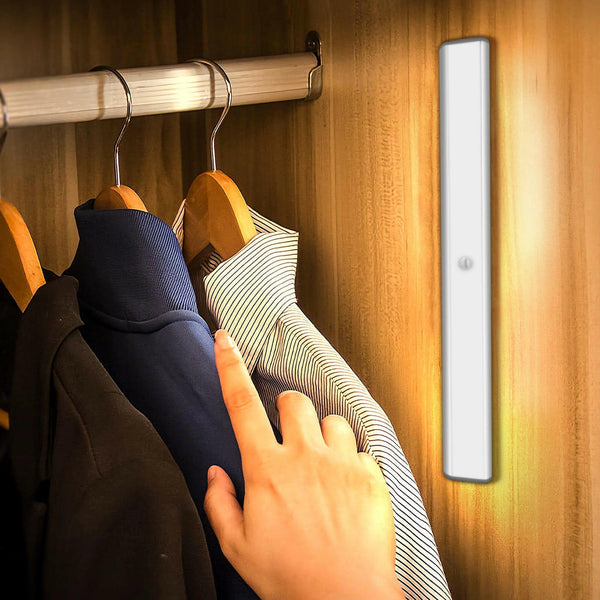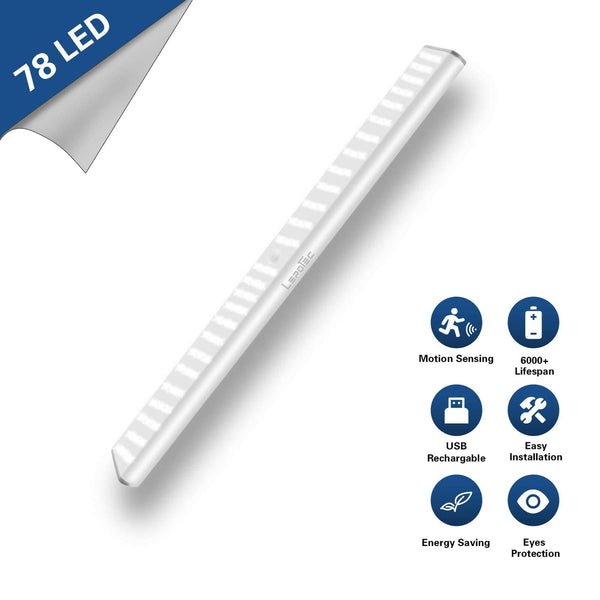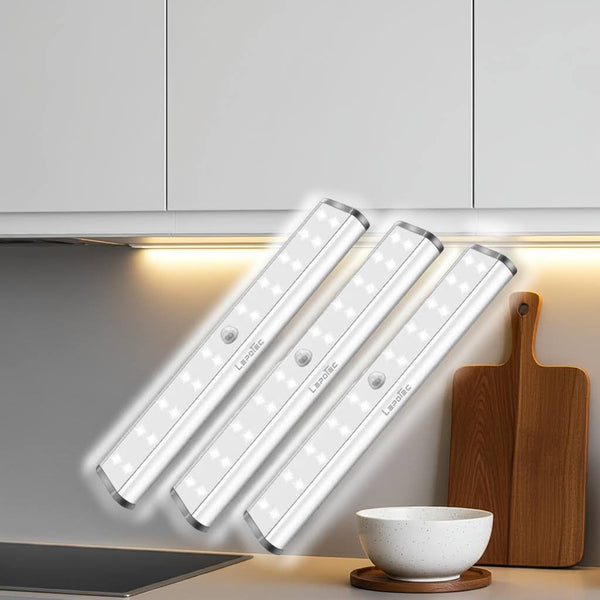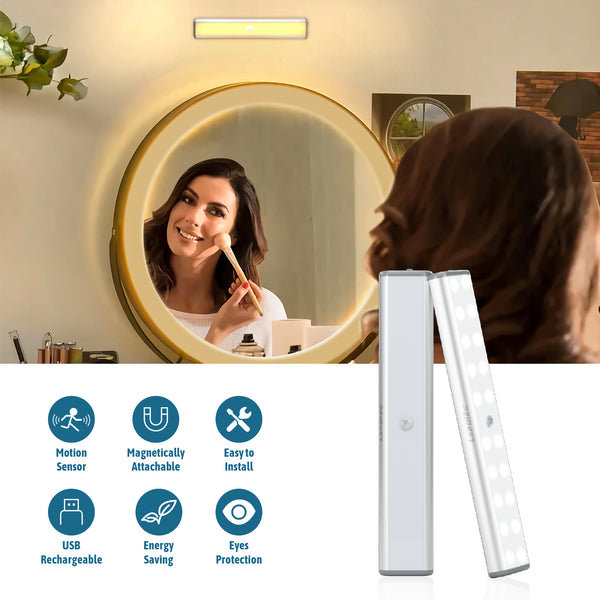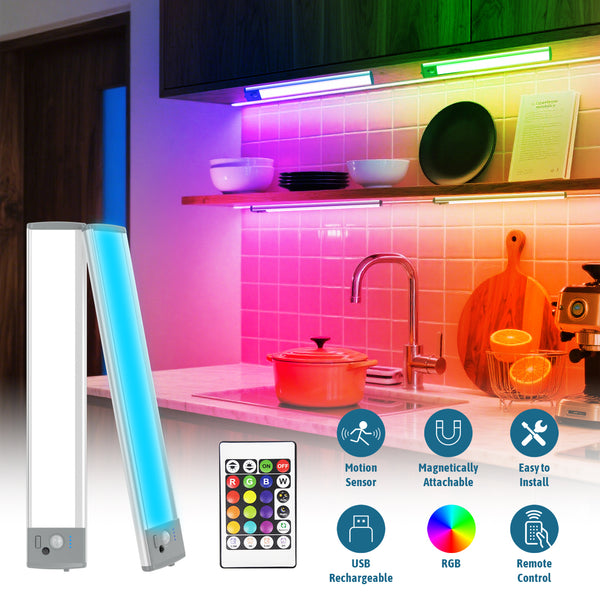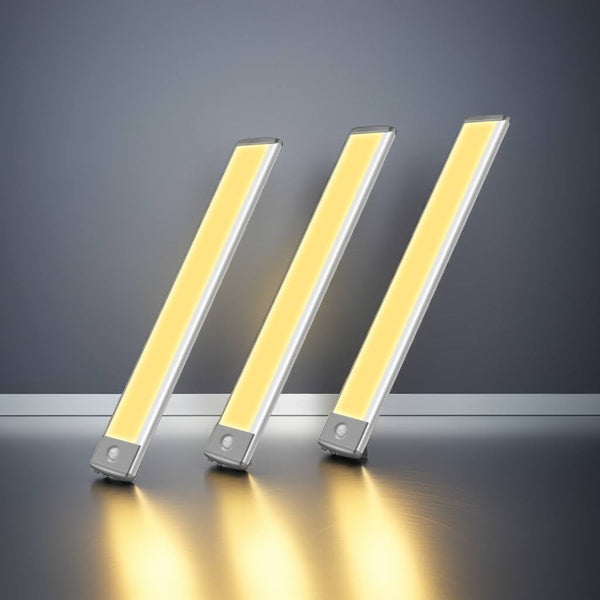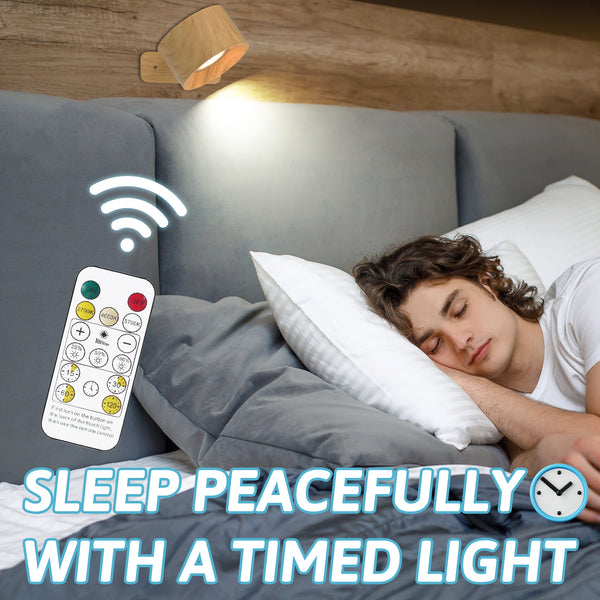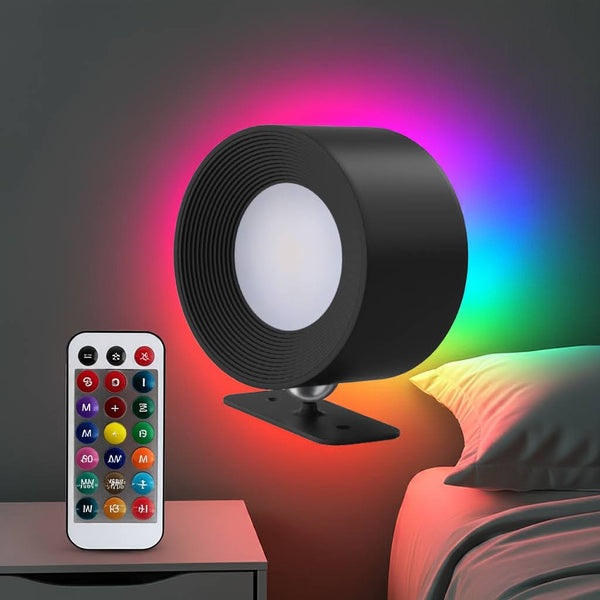Lighting technology has evolved dramatically, and one innovation leading the charge is the battery motion sensor light. Combining convenience, security, and energy efficiency, these devices are transforming how we illuminate homes, offices, and outdoor spaces. In this guide, we’ll explore how they work, their benefits, and how to choose the best one for your needs.
What Is a Battery Motion Sensor Light?
A battery motion sensor light is a wireless lighting solution that activates when it detects movement. Unlike traditional lights, these devices operate without hard wiring, relying instead on batteries and smart sensors. Here’s what makes them unique:
-
Motion Sensor: Uses infrared or microwave technology to detect movement within a specific range.
-
LED Bulbs: Energy-efficient LEDs provide bright illumination while conserving battery life.
-
Battery Power: Typically powered by rechargeable or long-lasting lithium batteries.
This combination makes them ideal for areas where wiring is impractical, like gardens, closets, or sheds.
Benefits of Battery-Powered Motion Sensor Lights
1. Enhanced Energy Efficiency
Thanks to LED technology and automatic shut-off features, these lights consume minimal power. They only activate when motion is detected, reducing wasted energy.
2. Improved Security
A sudden burst of light can deter intruders. Place these lights near entryways, garages, or dark corners to keep your property safe.
3. Hands-Free Convenience
No more fumbling for switches! The sensor triggers the light instantly, perfect for carrying groceries or navigating stairs at night.
4. Cost Savings
Lower electricity bills and fewer battery replacements (thanks to efficient power use) make these lights budget-friendly over time.
How to Choose the Best Battery Motion Sensor Light
🌟 Brightness and Coverage Range
-
Look for LED lumens (e.g., 200–500) to match your needs.
-
Ensure the motion detection range (e.g., 10–30 feet) covers your desired area.
🔋 Battery Life and Efficiency
-
Opt for models with rechargeable batteries or low-energy alerts.
-
Lithium batteries often outperform alkaline in longevity.
🌧️ Durability and Weather Resistance
For outdoor use, choose lights with an IP65 or higher rating to withstand rain, snow, and dust.
Installing Your Battery Motion Sensor Light
Step 1: Select the Perfect Location
Mount the light 6–8 feet above the ground in areas with frequent movement (e.g., doorways, pathways).
Step 2: Adjust Sensor Settings
Customize sensitivity and duration settings to avoid false triggers (e.g., passing cars or pets).
Step 3: Test and Secure
After installation, test the sensor and tighten screws to prevent wobbling.
Maintaining Your Motion-Activated Lights
-
Clean the Sensor: Dust or debris can block detection. Wipe the lens monthly.
-
Replace Batteries: Even long-lasting batteries need occasional swaps.
-
Update Placement: Trim foliage or adjust angles if the light’s performance dips.
Top Applications for Battery Motion Sensor Lights
-
Home Security: Illuminate driveways, backyards, or porches.
-
Indoor Convenience: Use in closets, stairways, or under cabinets.
-
Commercial Spaces: Secure warehouses, parking lots, or retail storerooms.
-
Outdoor Adventures: Attach to tents or RVs for campsite safety.
Conclusion
A battery motion sensor light is more than just a gadget—it’s a smart upgrade for safety, convenience, and sustainability. Whether you’re lighting a dim hallway or securing a sprawling garden, these devices deliver unmatched versatility. By prioritizing brightness, battery life, and durability, you’ll find a model that shines exactly where you need it.
Ready to embrace smarter lighting? Explore top-rated options today and step into a brighter, safer tomorrow!




